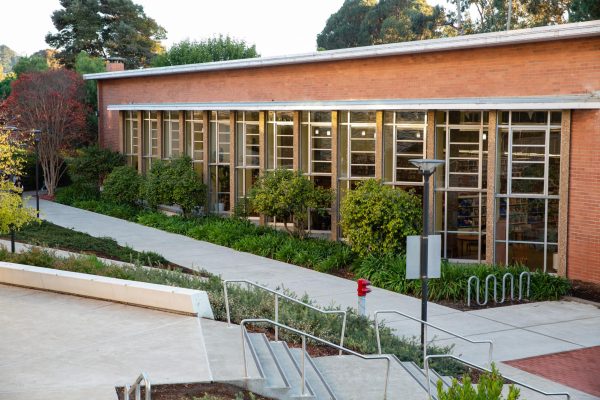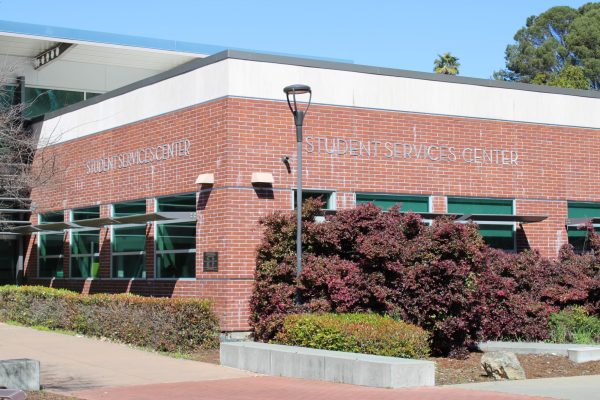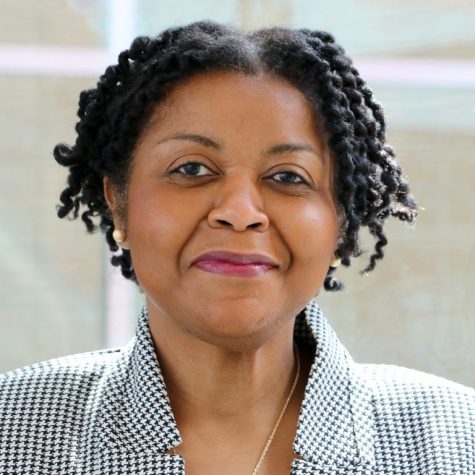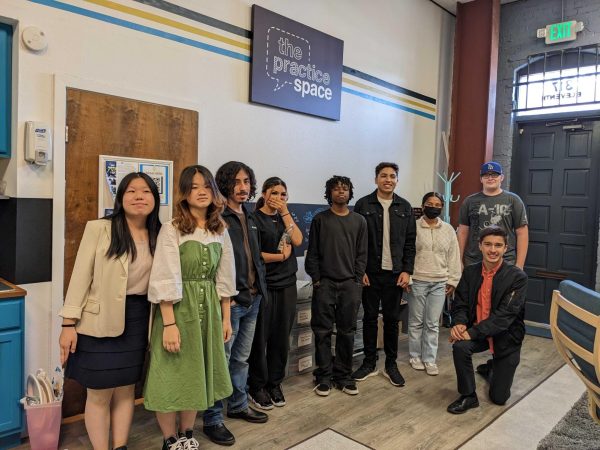Budget limits resurgence of women’s studies plan
March 9, 2016
Throughout the district’s three campuses there has not been an active women’s studies program or Women’s Center for more than 30 years.
“It makes me feel like we’re going backward,” sociology professor Majeedah Rahman said.
According to “Women’s Studies at Contra Costa College,” former CCC faculty member Marge Lasky writes about a small group of female students and professors in early 1970s who created a program and center for women despite major resistance and little funding.
Lasky said Angie Kucharenko and Sany Cubbles helped create a Contemporary Women course in 1972 with the help of English professor Al Youn a year after CCC’s Women’s Center “was set up in a small, windowless room in the Library.”
While both Diablo Valley College and Los Medanos College also had a Women’s Center, later changed to the Re-Entry Center, Lasky said CCC’s influence was unique.
“You could walk into any women’s studies class at CCC and be struck by the diversity in age, race, class, physical abilities and even the genders of students,” she said.
The program and center did not last, however, and people’s ignorance about the feminist movement led to fearful action that resulted in the program’s districtwide closure.
Currently, there is not a women’s studies program at CCC and there are only three classes offered this spring that involve gender, and the only course that focuses on women’s studies is limited to the fall semester.
English department Chairperson Elvia Ornelas-Garcia said, “I think we are overdue (for a women’s studies department) because we do have more female students that could enroll into those courses.”
Center for Science Excellence Coordinator Setiati Sidharta said the number of potential students who would be interested in women’s studies is high, and men could also benefit from taking a course that focuses on gender inequalities.
During the 2015 fall semester, CCC had about 59 percent females, 40 percent male and 1 percent of its student body that did not register as either, according to the Contra Costa Community College District Data Mart enrollment search engine.
“We need to open more courses,” Ornelas-Garcia said, “especially those that focus in women’s studies.”
Wayne Organ, music professor, said the lack of programs does not allow students to learn about women’s struggles in social, religious and economic terms or understand the importance of transcending gender roles.“There’s no such thing as one battle,” Organ said. “The movement for women’s rights is resurging and taking this generation by storm.
“Throughout history there have been many social justice movements that over time provided people with new rights.”
Under pressure
Although the 1970s were pivotal times for the acceptance of women into higher education, the changes that occurred during the decade were fleeting.
According to “Sharing Memories, Contra Costa Community College District 1948-2008,” a collection of stories edited by former DVC English professor Bill Harlan, Diablo Valley College rebranded its Women’s Center as the Re-Entry Center in 1972.
While some women studies courses lasted more than 20 years within the district, the main program was cut due to sex discrimination lawsuits during that time.
In Chapter 21, “Revolution in the Classroom: The Growth of Women’s Programs at the Colleges,” Susan Goldstein writes about her involvement in the rise and collapse of the first women’s studies program at DVC .
Goldstein said despite the support of many female faculty members, many of her male colleagues at the time “were convinced that the center either performed abortions or advocated for them.”
She said these men pressured a group of Catholic anti-feminist community women to go to the Governing Board to demand that the women’s studies program be cut.
Goldstein said after two investigations reported that the programs were “nondiscriminatory, the third one forced the DVC Women’s Center, and the centers at CCC and Los Medanos College, to each change their name to the Re-Entry Center.
Goldstein and Lasky described this as the decline of the feminist movement at the colleges and their plans to create vocational certificates in women’s services and course schedules that suited the day-to-day responsibilities women held in the home and the workforce.
The centers were closed before the late 1970s, and the district dropped its vocational certificate in women’s studies in 2008.
While the people who helped pioneer women’s studies programs throughout the district bore witness to their work’s demise, there is still an interest in bringing courses or a program that focuses on gender inequality back to the district.
Vanna Gonzales, CCC political science professor, said due to lack of resources and budget cuts, “It is hard to push for a women studies department.”
Gonzalez said finding someone who is is willing to put in the time to create and teach the curriculum and host events is the challenging part.
“There’s so much to do,” Rahman said. “In this time more women, and men, want to know more about women.”
Not only do classes like these benefit women, Rahman said they also allow the chance for instructors to educate men who are ignorant about women’s rights and the challenges they continue to face in modern society.
Rahman said a lot of the curriculum being taught at K-12 and higher education does not require students to learn women’s history.
La Raza studies Chairperson Agustin Palacios said the main issue with maintaining classes that focus on gender, or specifically women’s, studies is enrollment and a lack support from administrators.
Dr. Palacios said because these courses are not required to transfer for most degrees, there is little incentive for students to enroll in women’s studies courses or develop a women’s or gender studies program.
He said men should have to learn about feminism — not just for women that they care about — but to benefit everyone in our society.
“Men are often trapped by a model of masculinity that causes them to be limited in forms of expression and their way of being,” he said.
Rahman said she teaches a class titled Contemporary Women each fall semester. She teaches it because she said it is important to have classes that teach more about women.
During one of her classes, she said a group of young male students expressed their disgust when the menstruation cycle was brought up for discussion.
Rahman said because the students in the class responded so negatively to a normal bodily function, she dedicated an entire class period to teaching them about periods.
Sidharta said students have different backgrounds and ways of learning about who they are, but it is necessary to gain perspective about each genders and their challenges.
She said, “It is important to take a course that looks at your experience in society through frank conversations about gender discrimination and inequalities.”
Gonzales said although creating a new department is a long process, it is the right time to push forward with a women studies program.











Dennis Calhoun • Mar 14, 2016 at 1:51 pm
The mere fact that “Women’s studies” is easily equated with the term “Gender Studies” is a clue to the underlying belief that to study just women is to study gender itself.
“Women’s Studies” as a major is a waste of funding, a waste of time for the students that major in it, and it does nothing to prepare students for a successful career. For those that forgot, that is the actual reason that people go to college in the first place: to acquire career skills.
It should not be mandatory for all students. History is the study of the history of EVERYONE, not just men, and not just women. A major with such a myopic and distorted approach to looking at the world will only result in intellectually stunted morons graduating from it.
You can’t understand inequality by looking at half of the picture. You don’t know that women have it worse if you don’t even look at how men are actually doing. If men need to study about women, women need to study about men just as much.
Unfortunately, in the end the whole major of women’s studies is primarily a cover for elaborate feminist brainwashing to create more feminist social justice warriors. It presents students with lies and exaggerations, and asserts them as facts.